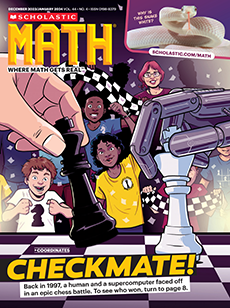Tell students that they will be working with percents in this lesson. As a class, discuss benchmark percents, decimals, and fractions that can help them estimate an answer before finding an exact answer. Have students generate a list of benchmark percents and their equivalent fractions and decimals. You can use the following practice problems as examples:
• How would you find 25% of 200? (multiply 200 by 0.25 or 1/4 )
• How would you find 10% of $60? (multiply $60 by 0.10 or 1/10 )
